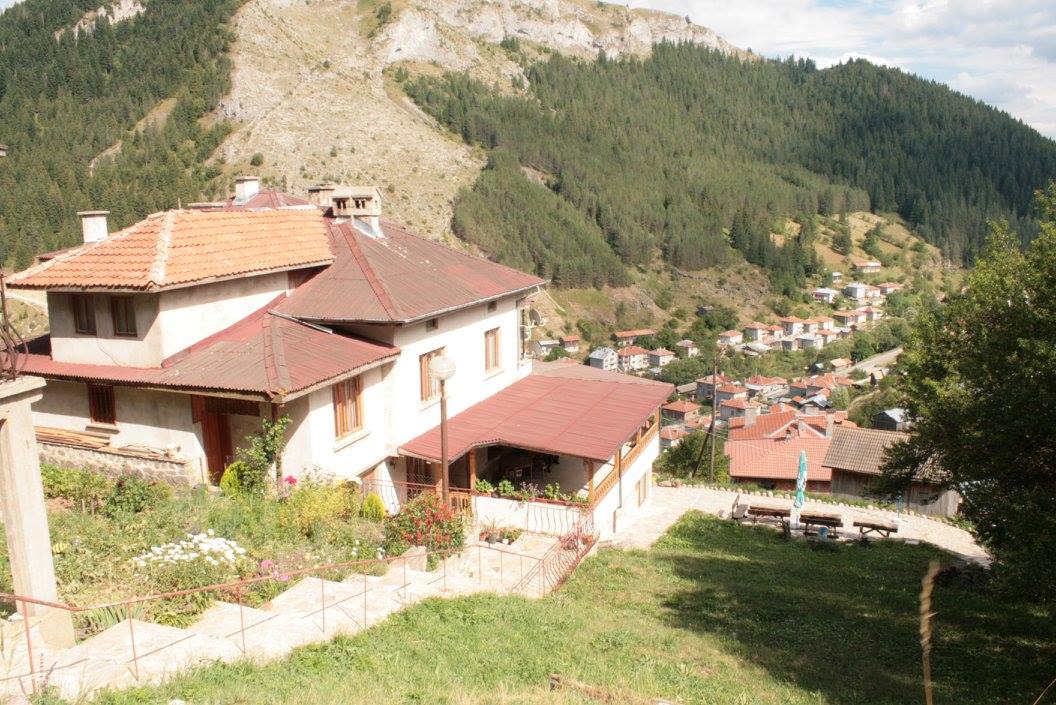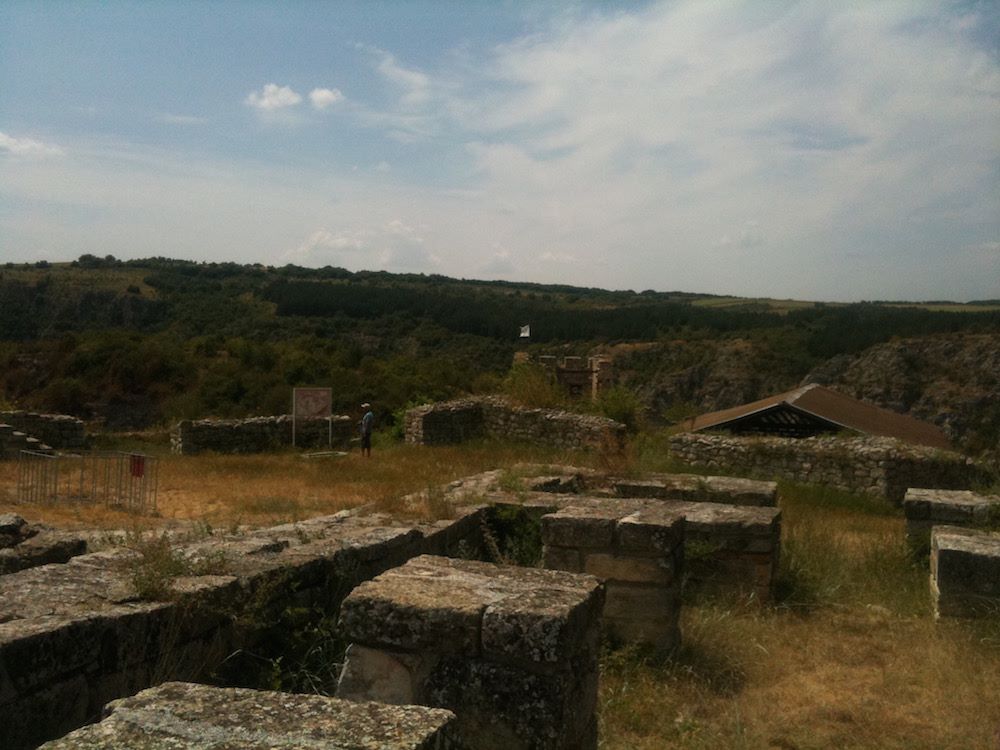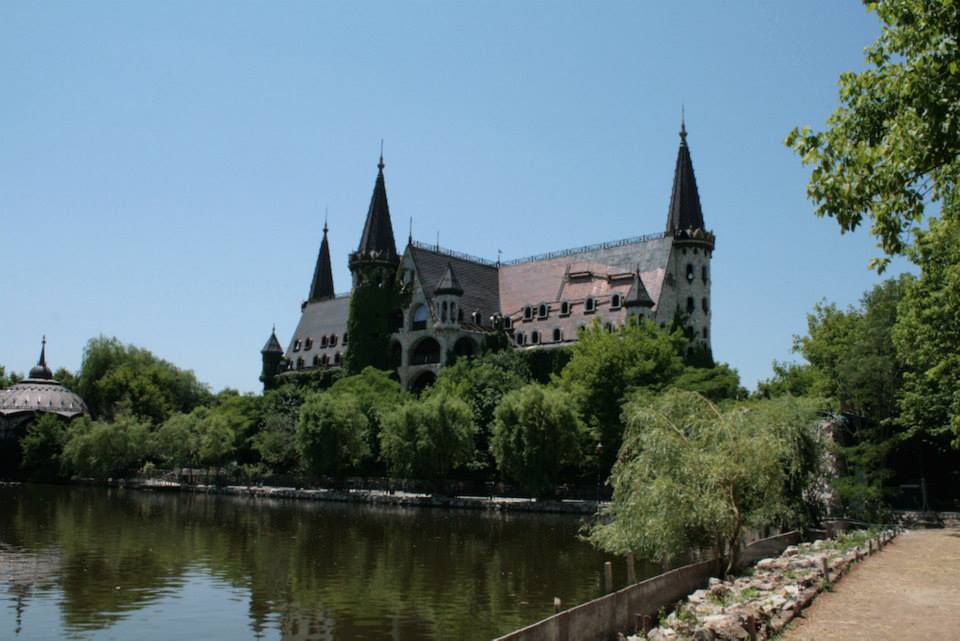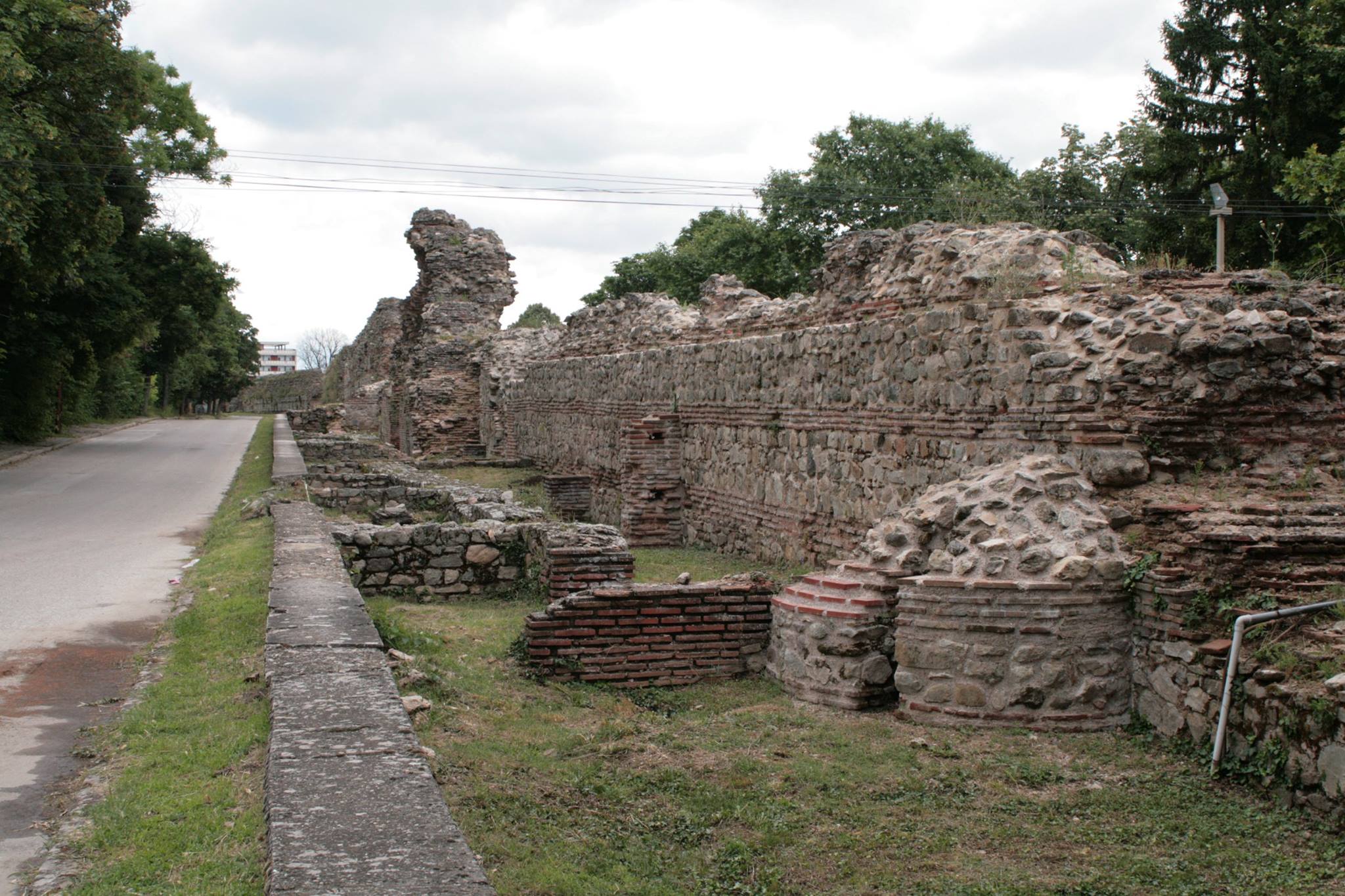From Devin it was off towards the Trigrad Gorge and the two famous caves en-route. First was Yagodinska Cave, the third (or 4th depending on where you look) longest cave in Bulgaria. It is located in the Buynovo gorge and about 20km from Devin at an elevation of just under 1000 metres above sea level.
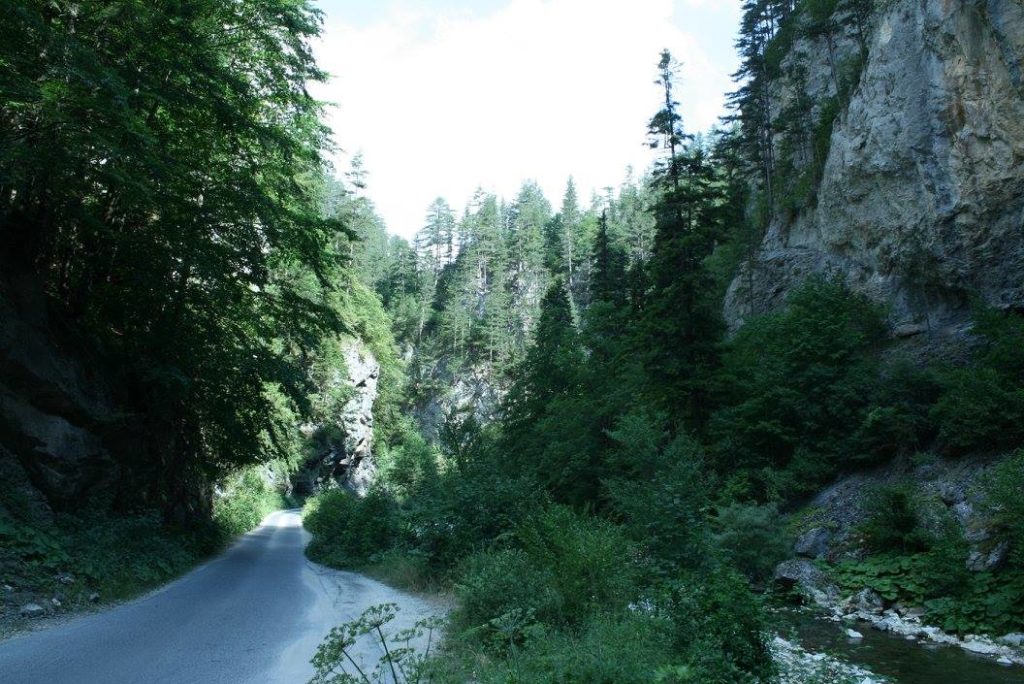
The drive there is a little hairy in places, with low over-hanging rocks and a narrow windy road. The cave is estimated at 275,000 years old and extends for 10.5 km in length over three levels but only just over a kilometre are accessible to tourists and electrically lit.
There is a parking area at the entrance to the cave which gets quite busy and is an additional 2 levs to park. The entrance fee was 6 levs each I think.
The temperature in the cave does not get above 6 degrees so remember to take some warm clothing with you. We did not have enough and were freezing! The tour takes around 45 minutes and is in Bulgarian.
You could pay an extra 20 levs (I think it was) to get a translation into English. There are tours leaving every hour, more or less as one finishes, the next starts. The caveis full of the most amazing stalactites and stalagmites as well as rare cave pearls.
The tour starts through an artificial man made tunnel that goes into the “New Year” hall where people apparently gather to welcome in the New Year and there is even a proper Christmas Tree put up there (and stands there all year round).
Next is the Wedding Chapel where there is a small alter and where you can exchange your matrimonial vows.
It was a little too commercial for us, just following round in a large group of people, who soon all separated and one tour group ran into another at times.
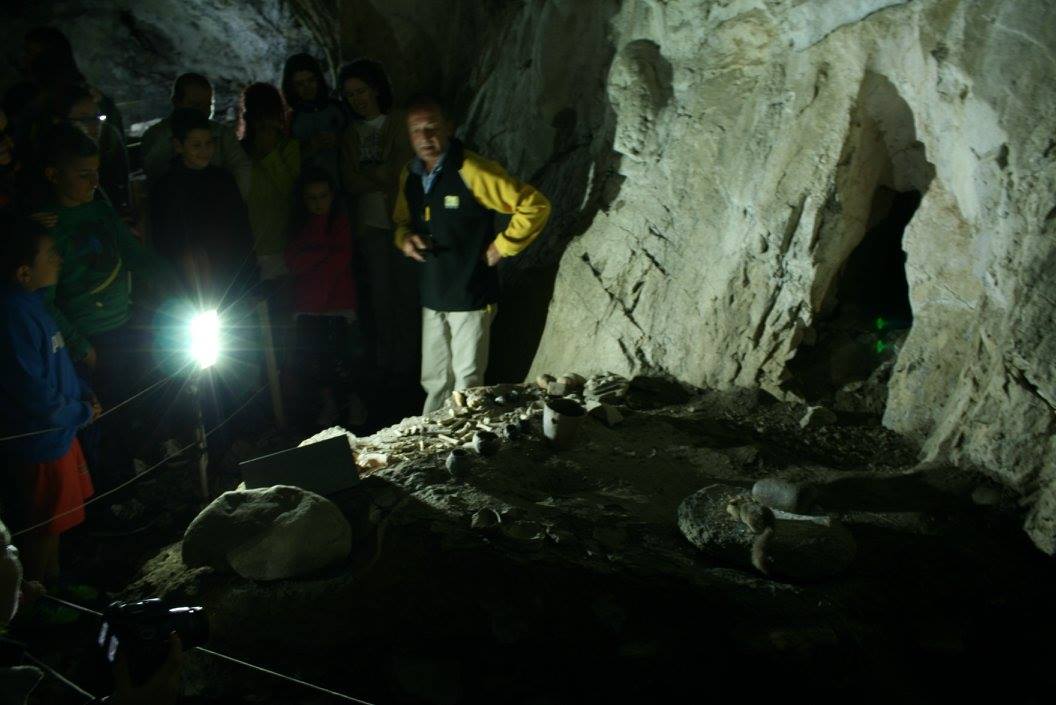
Around a kilometre further up the river from where the tour ends (sign-posted, turn left after coming out of the cave up the road) there is one of the original entrances to the cave complex, where various pottery and evidence of habitation were found.
This has now been turned into a little exhibition. It is an additional 2 levs to enter this but it is worth it. It only takes around 20 minutes but you can see where the original cave inhabitants used to live, cook and make grain.
And as the highlight to the tour, there is a friendly little rodent creature that comes to feed on the grain the tour guide puts out.
It was then back to the car and back down the gorge to the main road again. As it was lunch time we opted to stop at a lovely little restaurant right on the edge of the road.
It was very traditional with a lovely friendly family running it. There are 2 or 3 rooms for rent as well if you are looking for accommodation in the area. We opted to try a couple of the local specialities; Patatnik, which is like a potato cake and of course bean stew.
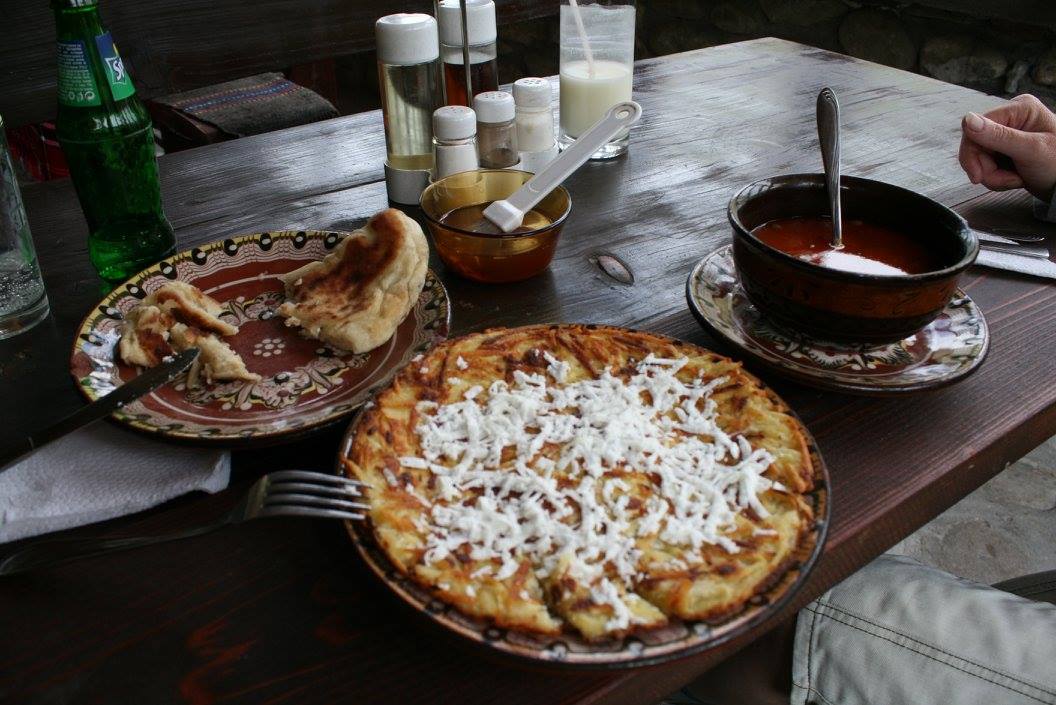
A short drive further on, you come to a small (too small) parking area on the side of the road and the entrance to Devil’s Throat cave. On the opposite side of the road, there is a zip wire above the gorge for anyone brave enough to do it! Entrance tickets for the cave are again 6 levs each.
Whilst not quite as cold or as long a tour as Yagodinska cave, this was by far our favourite. There is a guide but you are more less allowed just wander around at your own pace and take as long as you wish to view the interior.
The cave is one massive chamber and is full of bats. It is only 175,000 years old and not full of the impressive stalagmites and stalactites like Yagodina Cave, but it is steeped in mystery.
Legend has it that Orpheus descended into the underworld of Hades here, through the ‘throat’ of the cave to search for his live, Euredice. The story goes that Orpheus persuaded Hades to free Euredice and let her go back to the surface with Orpheus, but on the condition that Orpheus did not try and look at her on the way back to the surface.
A loud rumble drowned out the sound of Euredice’s footsteps and Orpheus fearing he had lost her again, turned round and saw her shadow far away. He then wept for 7 days and his tears created the spring that flows into the cave.
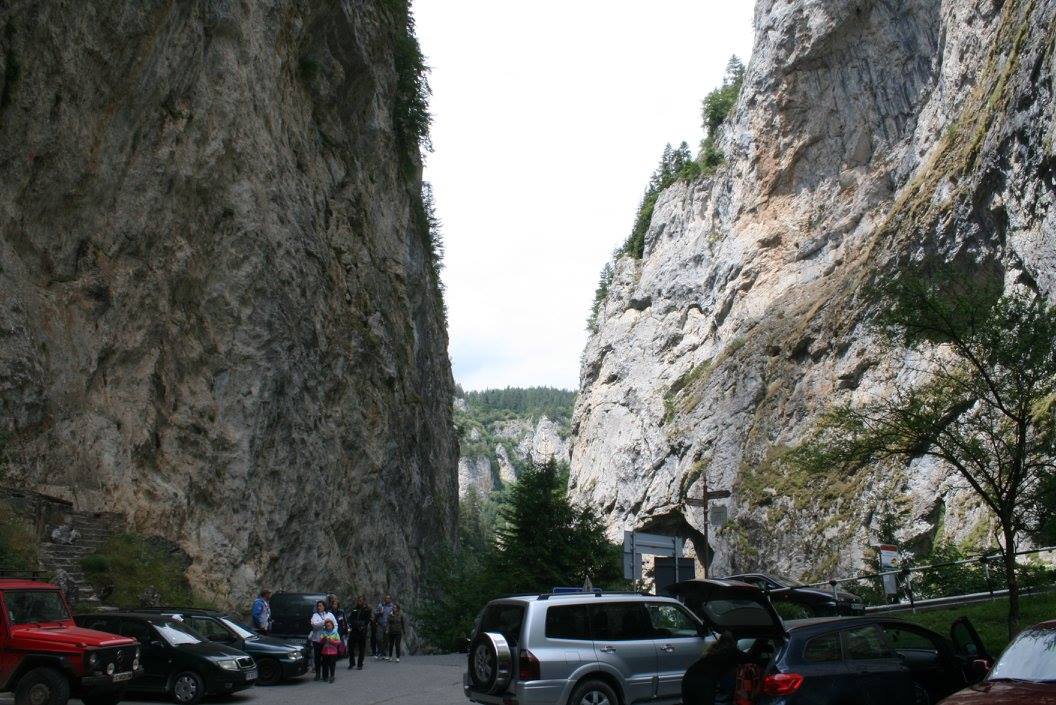
You first go along an artificial tunnel and then enter the “Booming Hall” or “hall of Thunder” where the Trigrad river becomes a waterfall coming into the cave. It is a massive expanse and you can fit a two storey building inside.
The waterfall is 42 metres high and is what has caused the formation of the cave. After around 400 metres the water disappears down a funnel in the cave that drops 150 metres to another large cavern and then exits the cave complex.
Whilst the stories of Orpheus are just legend, the cave is surrounded by mystery as anything that falls into the waters is lost and does not re-appear.
Numerous attempts have tried to figure out the labyrinth of water ways, throwing sticks down, other items and in 1970 two scuba divers lost their lives trying to track the water from entering the cave to leaving.
Their bodies were never found. Researchers have now used artificial coloured dye to track the water and it takes and hour and a half for the coloured water to re-appear. Somewhere under the cave there must be large maze of water ways where objects get lost forever.
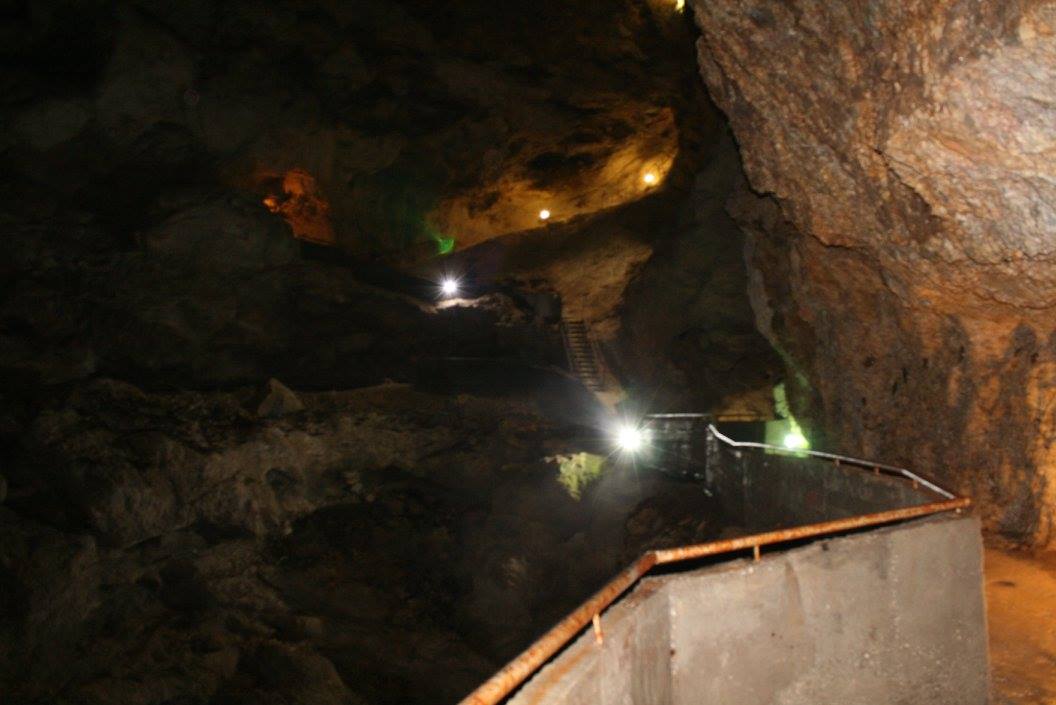
To exit the massive chamber you climb over 300 steep steps right by the side of the waterfall. At the top there are a couple of stalls with locals selling herbs for tea and honey and a viewing platform.
You come out on to the road above the car park and a short walk down brings you back to where you started.
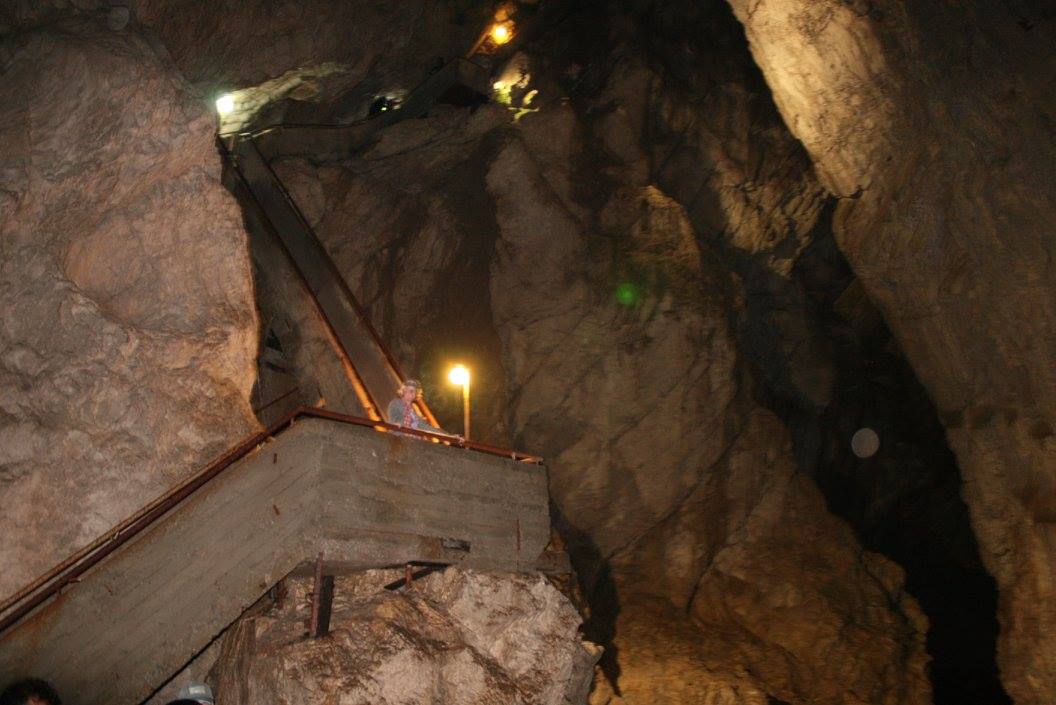
From the Devil’s Throat cave it is a short drive to the village of Trigrad, at the end of the gorge. Our accommodation took some finding and was a basic but comfortable enough room for rent in a private house at the top of the village.
After a rather chilly day inside caves we set off down the track to the village in search of a warm place to eat.
There appeared to be no restaurants in the village and we were beginning to give up and think our evening meal would consist of a bag of crisps we had, when we discovered a small little Mehana behind the shop in the centre of the village.
We were the only people in there but it was warm, traditional and served very good food at good prices. After a rakia or two to warm up, we tucked into plates of shopska salad, grilled chicken and chips.
